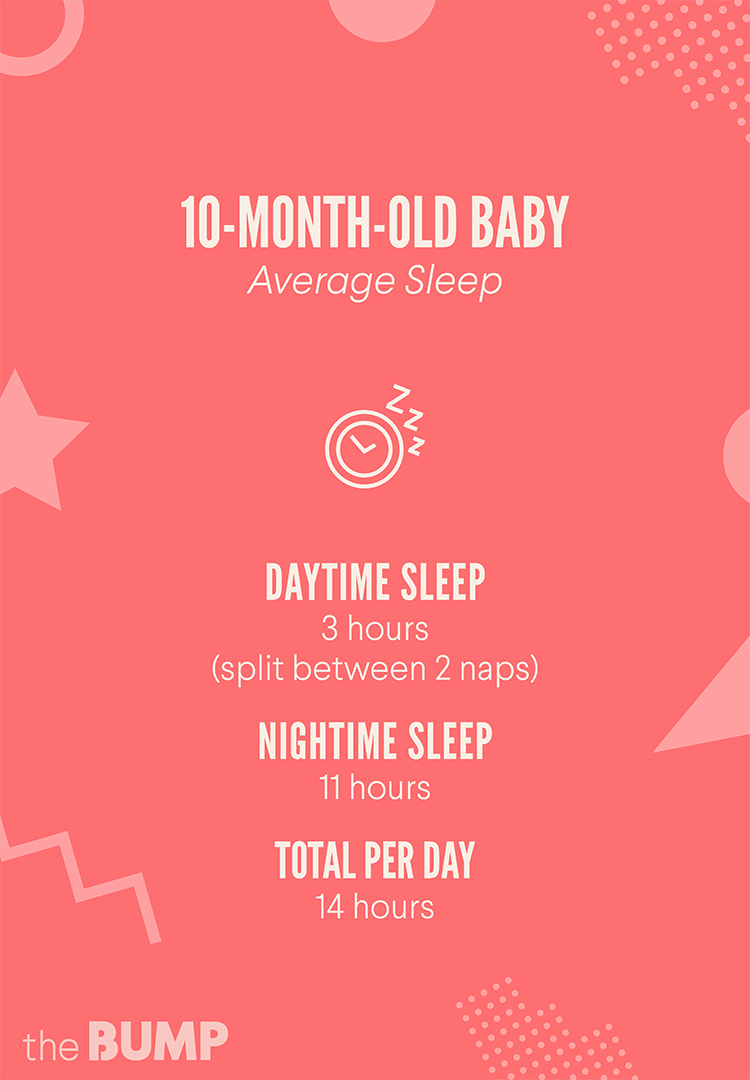

A stuffed animal or special blanket may give your child some security after the lights are turned out.Give your child a warning when it is almost time for lights-out and sleep. Keep the routine to a set amount of time each night.Choose activities that are calming, such as taking a bath, reading, or giving a gentle massage.Keep activities such as taking a bath, brushing teeth, reading stories, saying prayers, and so forth in the same order every night.Make the bedtime routine pleasant and predictable. By around 18 months, children only need one nap each day. Sleeping with a baby younger than 12 months of age may increase the risk for SIDS.Ī toddler will most often sleep for 12 to 14 hours a day. However, over time, your infant will learn to self-soothe and fall back asleep. Infants will still wake up during the night. If you maintain this routine, your baby will become used to it and go to sleep on their own.īy age 9 months, if not sooner, most infants are able to sleep for at least 8 to 10 hours without needing a nighttime feeding.

When your baby has been fed, burped, and calmed, return them to bed.Keep the feeding as brief and low-key as possible.If your baby awakens in the night for feeding, don't turn on the lights. Your child will soon learn that you are simply in another room. Once they have calmed down, leave the room. Simply go in, speak in a calm voice, and rub your baby's back or head. Your baby may cry when you lay them in their bed, because they fear being away from you. This will teach your child to go to sleep on their own. Put your child in bed before they are deeply asleep.Spend quiet time with your child by rocking, walking, or simple cuddling.Never put your baby to bed with a bottle, as it can cause baby bottle tooth decay. Give the last nighttime feeding shortly before putting the baby to bed.When putting an infant to bed, make the bedtime routine consistent and pleasant. During the first year of life, it is common for babies to take 1 to 4 naps a day, each lasting 30 minutes to 2 hours. Between ages 6 and 9 months, most children will sleep for 10 to 12 hours. Sleeping with a baby younger than 12 months may increase the risk for sudden infant death syndrome (SIDS).īy age 4 months, your child might sleep for up to 6 to 8 hours at a time.



 0 kommentar(er)
0 kommentar(er)
